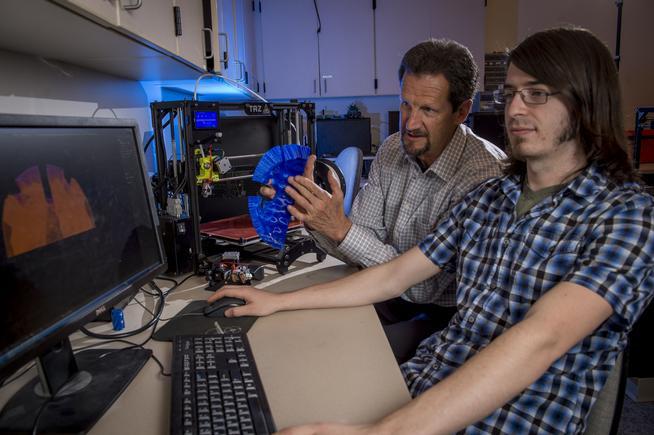COLORADO STATE UNIVERSITY OFFERS ONLINE FOUNDATIONS OF 3D PRINTING COURSE, OPEN TO ANYONE WHO WANTS TO LEARN
Posted by Jacqui Adams on
Taken from 3DPrint.
by
3D printing is many things, and one of them, much like the Internet, is a generational marker. Today’s kids are growing up with 3D printing in their classrooms, and by the time they reach the workforce, I imagine it’ll be second nature to them – again, much like the Internet. However, 3D printing is becoming ubiquitous in the workforce now, and many of the current generation of professionals are faced with learning a brand new skill, one they may just have heard of for the first time a year ago. It can be a bit daunting to say the least, but thankfully that learning doesn’t have to be on the job, under pressure – there are plenty of 3D printing courses out there that are open to anyone.
Colorado State University is offering an online Foundations of 3D Printing course open to students and non-students of the school alike. A collaboration between CSU Online and the Idea-2-Product 3D Printing Laboratory, the course is being led by Dr. David Prawel, a mechanical engineering professor and the founder of the Idea-2-Product lab. Dr. Prawel has been working with 3D technology for 36 years and has taught several 3D printing courses at CSU. He believes that the online course can help companies to learn how to implement the technology to its full potential.

Dr. David Prawel works with a student to create a 3D design for a protective helmet liner. [Image: Colorado State University]
“We think we can reach so many more people and help so many more people get up to speed on this technology by making it available in a much easier-to-consume format…It’s not hands-on, of course, but it offers a lot of detail about what it takes to do 3D printing, the software tools required, and the major types of machines out there,” Dr. Prawel said.
 The course is offered as four modules: Basic Principles I, Basic Principles II, Additive Processing I, and Additive Processing II. For each course completed, participants will earn a digital badge that can be added to résumés or LinkedIn profiles; completion of all four modules will result in a Mastery Badge, which is intended to show employers that the participant possesses full competency in the technology.
The course is offered as four modules: Basic Principles I, Basic Principles II, Additive Processing I, and Additive Processing II. For each course completed, participants will earn a digital badge that can be added to résumés or LinkedIn profiles; completion of all four modules will result in a Mastery Badge, which is intended to show employers that the participant possesses full competency in the technology.
Share this post
- Tags: 3d printing
